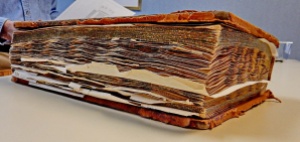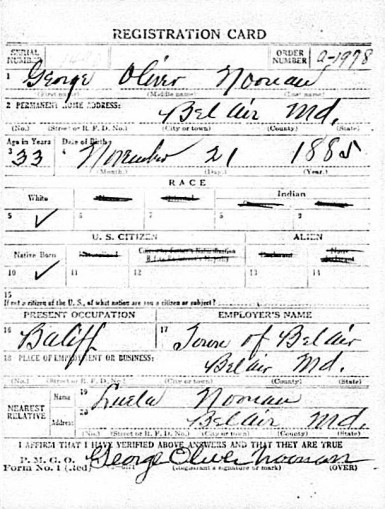In my practice as a historian, I occasionally find elusive traces in old records that indicate a first responder, a police officer or firefighter, died in the line of duty, but the memory of the tragedy faded with the passage of time. Somehow, the loss was forgotten and their names were never added to memorials, although they made the ultimate sacrifice for their community. When that happens, I pick-up the fragments of evidence and trace the trail back through time, hoping to make sure the public servant’s ultimate sacrifice is not forgotten in the mist of time.
While working on a talk, “CSI The Historical Edition,” a program many Maryland libraries paired with One Maryland One Book, I scrutinized coroner’s inquests and other usually unexamined criminal justice records from the early 1900s. In the array of material I studied in the autumn of 2018 there were some fragmentary traces indicating that a Bladensburg Police Officer had suffered a fatal gunshot wound while coming to the assistance of a Prince George’s County Lawman.

Here is the information I have at this point
Constable Gasch was assigned to maintain order at a carnival in Bladensburg on Saturday, June 16, 1923. When a disturbance broke out, the Prince Georges County Officer arrested at least one man for disorderly conduct, and as he prepared to take his prisoner to jail a menacing crowd surrounded the lawman, threatening to free the man. As the ruckus escalated Bladensburg Bailiff James A. Leebrick came to the aid of the constable, pushing his way through the crowd to reach the officer’s side when he was shot above the heart. (Bailiff was the term for a municipal police officer.)
Bystanders rushed the stricken twenty-five-year-old Bladensburg policeman to Casualty Hospital, in Washington, D.C., where surgeons operated and provided transfusions. Lingering for three days, Bailiff Leebrick died on Tuesday evening at 8 p.m (June 19, 1923), according to the death certificate.
The coroner’s jury investigated the murder, determined that “James A. Leebrick, bailiff, who
Once I finish research the historical traces, I pass the information along to the officer’s department so the local agency may properly memorialize the community’s hero.
Related Articles
Remembering a Fallen Officer in Bel Air



